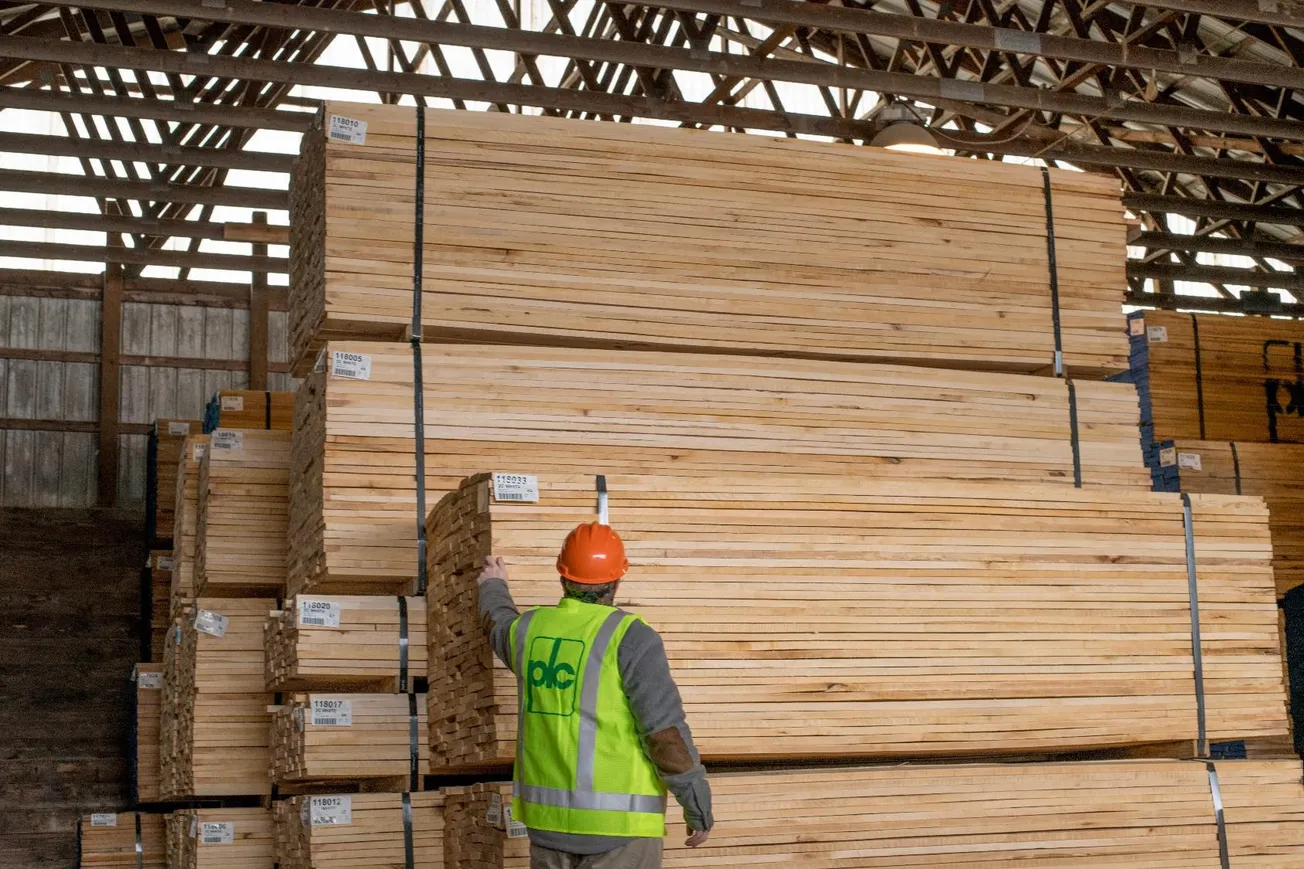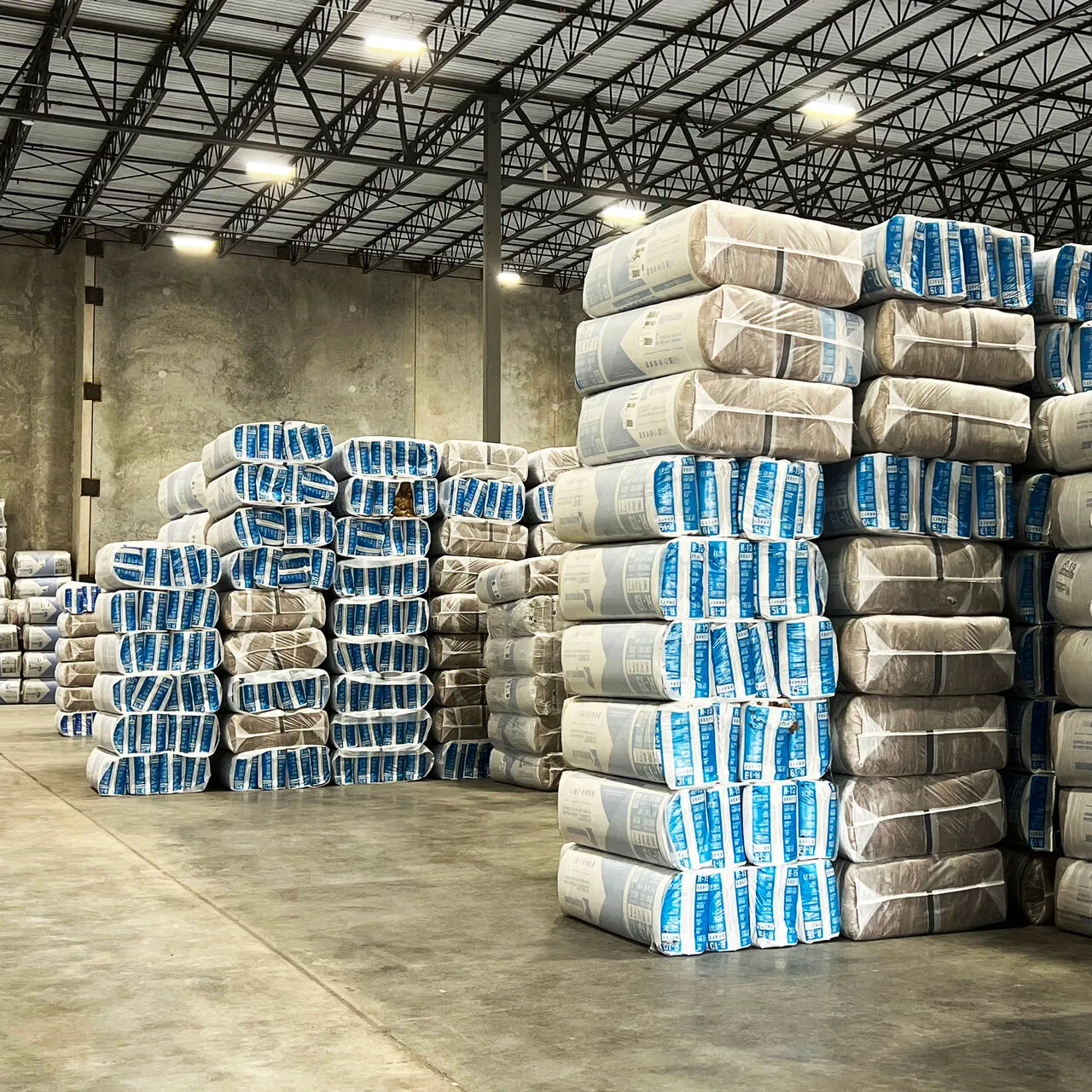Table of Contents
It’s no secret that trucking customers—lumber, beam and panel producers included—are struggling to move product from Point A to Point B on schedule. The frustration flows both ways, however, as carriers find themselves with trailers that are road-ready but that remain parked and unseated. Demand for their services is there, but the drivers are not. The American Trucking Association (ATA) doesn’t see the problem abating anytime soon, with the current estimated shortage of about 50,000 driving professionals potentially expanding to 174,000 by 2024 unless something gives.
Root Causes
Before talking solutions, however, there has to be an understanding of the underlying problems. According to Andrew Owens, CEO/manager at A&M Transport, Glendale, Or., and Rick Benton, owner of Center-Line Group in Dallas/Fort Worth, Tx., these are a few:
- Stigma/image: Trucking isn’t “glamorous.”
- Demographics: The overall employment sector is in crisis. The worker shortage is widespread, affecting everything from transport to nursing.
- Regulation: Federal mandates requiring drivers to replace paper records of their time behind the wheel with electronic logging devices (ELDs) has put off some seasoned drivers. Whether they are resistant to technology or dislike the “Big Brother” potential of digital tracking, many are not on board.
What Needs to Happen?
For starters, Owens and Benton insist, the stigma staining the profession must be scrubbed away. It’s not particularly sexy, they acknowledge, but it can be a pretty good living. According to Owens, A&M’s top driver earned nearly $80,000 last year accompanied with a robust benefits package. “That’s not chump change,” he says.
Benton agrees, noting that salaries for experienced truckers at big carriers can approach six digits or more. “They’re making as much money as management at some levels,” he says. “But the thought process is just not there, to try to direct kids to a trade side.” Both industry insiders point out that, for so long, it has been drilled into students that they must attend college to be successful. But post-secondary education isn’t for everyone, they insist, and many of these future workers could find careers in the trades—including trucking.
Owens is pinning a lot of hope on these young workers. Generation X, he explains, turned out to be relatively small in size, which has had the effect of shrinking the workforce. He is confident, however, that Millennials—the biggest generation in this country’s history—will help turn things around. “With numbers, you get productivity,” Owens says, though it may take a while for the workforce to right itself. Attracting Millennials to trucking will no doubt be challenging, he admits; but this demographic loves technology; and that’s one aspect that could work in the industry’s favor. Today’s trucks are loaded with mobile communications and all kinds of other bells and whistles, Owens reports, making the experience “like driving a little spaceship.” Recognizing Millennials’ proclivity for all things technology, he says, also means using social media to reach them.
For existing drivers, the fallout from ELDs has been offset somewhat by the rollback of a 2013 regulatory change that the trucking industry opposed. The repeal alleviated some of that pressure, but Owens believes that introducing greater HOS flexibility would be even more driver-friendly. Recently, a Texas law maker introduced legislation that would “modernize” current HOS for drivers and create more flexibility and efficiencies. Owens is hopeful Congress will follow through on this much needed legislation.
What Is Being Done Now
Contrary to chatter in some corners, Owens denies that carriers are lowering hiring standards—by not requiring drug testing, say—in order to get more drivers in the door and on the road. That’s because, he explains, we aren’t the ones who dictate the criteria—the federal government is. “We don’t make the rules,” he says. Federal DOT, for example, stipulates what’s required for a CDL (commercial driver’s license), and regulation like that is what steers staffing practices. Insurance requirements also are a big factor, both he and Benton add.
What is suspect, based on what Owens has learned from A&M drivers that previously worked for other carriers, is that some companies are putting inexperienced drivers through trucking school with the caveat that they commit to the firm for a period of time. After completing their education and getting some road time under their belts, they may be tasked with training new recruits. “Here you have a guy who’s been out on his own driving for six months… he shouldn’t be training,” Owens chides.
Although it’s happening, he says it isn’t happening on a large scale. More likely, he says you’ll find carriers enticing drivers with sign-on bonuses and similar perks. For example, experienced drivers who join his 150-truck outfit receive a sign-on bonus plus full access to benefits on the first of the month—even if they started on the 31st. With benefits normally not taking effect for two months after a start date, Owens says that’s a great incentive—for any industry.
A&M and others also have found relief through the federal EB-3 visa program, which helps foreign workers legally immigrate to the United States for employment purposes. Not only does it ease the shortage, but bringing in drivers and their families from Mexico aligns well for the regional carrier, which is in its third generation of ownership and prides itself on a family-oriented culture.
A Lumber-Oriented Solution
Benton, whose company is not a carrier but a manufacturer of curtain-side flatbeds, says the product is itself something of an answer to today’s trucking crunch. Given the shortfall of drivers, he reasons, tenured operators are an important asset; and the design of his trailers protects that asset by “increasing the productivity in the material handling of product.” The upper structure that Center-Line adds to a standard flatbed allows workers to remain safely on the ground to tarp the load and gives them access to any part of the trailer at any time during their haul. While not ideal for all products—Benton says televisions wouldn’t be a good fit, for example—Sheetrock, moulding and the like work well with curtain-side trailer loads.
In the building materials industry, more than in others, he has observed that the ability to deliver product in a professional and timely manner often means the difference between a sale or not. Curtain-side trailers are especially beneficial in moving product from lumber distribution centers to the customer base. “Those trailers go out and they may make 10-15 deliveries a day,” he says. “In order for them to protect the load, get in to a customer, offload, and move on, this allows them to perform this function.” The approach not only addresses insurance issues, but allows older drivers work as long as possible before retiring.





